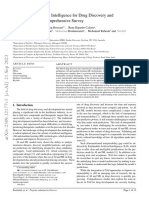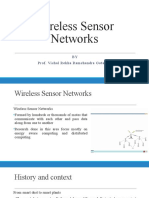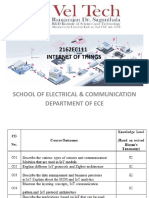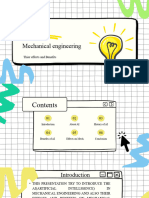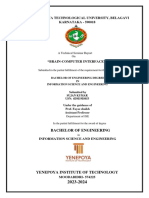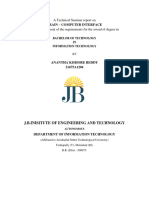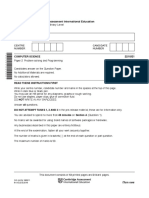0% found this document useful (0 votes)
276 views23 pagesBrain-Computer Interface Seminar
This seminar report discusses brain-computer interfaces (BCI). It provides an introduction to BCI, which allows users to communicate or control devices using only brain activity without using muscles or peripheral nerves. The report describes existing invasive and non-invasive BCI methods and technologies like EEG, ECoG, MEG. It also discusses ongoing research areas like improving signal processing algorithms and developing new applications of BCI.
Uploaded by
shukeshCopyright
© © All Rights Reserved
We take content rights seriously. If you suspect this is your content, claim it here.
Available Formats
Download as PDF, TXT or read online on Scribd
0% found this document useful (0 votes)
276 views23 pagesBrain-Computer Interface Seminar
This seminar report discusses brain-computer interfaces (BCI). It provides an introduction to BCI, which allows users to communicate or control devices using only brain activity without using muscles or peripheral nerves. The report describes existing invasive and non-invasive BCI methods and technologies like EEG, ECoG, MEG. It also discusses ongoing research areas like improving signal processing algorithms and developing new applications of BCI.
Uploaded by
shukeshCopyright
© © All Rights Reserved
We take content rights seriously. If you suspect this is your content, claim it here.
Available Formats
Download as PDF, TXT or read online on Scribd
/ 23
